Category
- Caramel marble philodendron
- Florida beauty
- Monstera Adansonii Variegated
- Monstera albo variegata
- Monstera mint variegata
- Pachypodium
- Philodendron Billietiae Variegated
- Philodendron Bipennifolium Variegated
- Philodendron Domesticum Variegated
- Philodendron ilsemanii variegata
- philodendron ring of fire variegated
- Rhaphidophora tetrasperma
- White princess
Most Popular
-
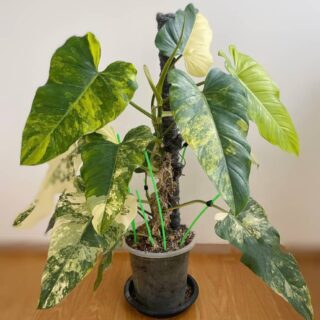 Philodendron Domesticum Variegated 11 Leaves for sale
$550.00
Philodendron Domesticum Variegated 11 Leaves for sale
$550.00
-
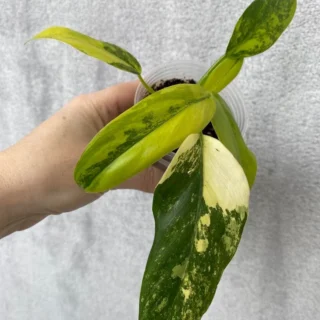 Philodendron domesticum variegated
$255.00
Philodendron domesticum variegated
$255.00
-
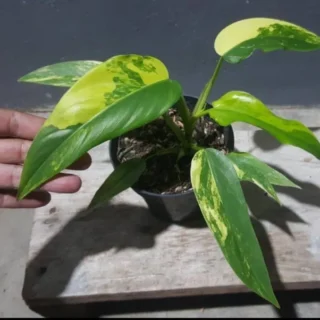 Rare Philodendron Domesticum Variegated Plant
$332.00
Rare Philodendron Domesticum Variegated Plant
$332.00
-
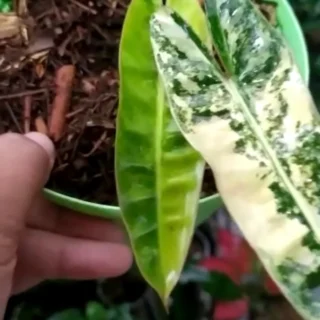 Philodendron Billietiae Variegated
$350.00
Philodendron Billietiae Variegated
$350.00
-
 1 Pot Philodendron Domesticum Variegated Free Shipping + Phyto Home Garden Outdoor Plants Yard, Garden
$290.00
1 Pot Philodendron Domesticum Variegated Free Shipping + Phyto Home Garden Outdoor Plants Yard, Garden
$290.00
Tag Cloud
Here at PlantVine we love everything unique! In celebration of our newest Rare & Collectibles selection, here are our top Rare & Collectible plants for 2021 and a quick and easy guide on how to properly care for them:
The Ficus Elastica Ruby, also known as the Variegated or Ruby Rubber Tree, is known for its color-crazed pink leaves. This unique tri-colored beauty grows well in medium, indirect light, but does need some bright light to keep its colors strong and defined.
Overwatering is a common problem which can cause serious consequences. If you see leaves begin to yellow and drop off, overwatering could be the culprit. Ideally, water just once a week, allowing for ample time for the soil to dry between waterings. Also, scale back on watering during winter months. These plants enjoy average (40%-60%) humidity levels, and will definitely appreciate a misting when the air becomes too dry.
Please be aware that the plant’s sap can cause skin irritation, and if ingested, may be toxic to pets. Best to keep the Ficus Elastica Ruby out of the reach of children and pets.
String of Pearls
The Senecio Rowleyanus, also known as the String of Pearls, is a stunning succulent. This unique looking plant grows along the ground, or cascades down from a hanging pot with its iconic trailing green bubble leaves. During winter months, you may be rewarded with blooms of small white flowers that some say smell like cinnamon.
Though they may look fragile, caring for the String of Pearls is not difficult. This plant loves bright, indirect light. If indoors, they’ll do best near a window with strong natural light. If outdoors, place in a shaded area with some direct, morning light. Like any succulent, the String of Pearls needs well-draining soil to thrive. They are very sensitive to overwatering, so you need only water once every two weeks. During winter, once a month will be best. Temperature wise, they should be kept at an average indoor temperature of 70 – 80 degrees Fahrenheit.
Please note, the String of Pearls is mildly toxic to both humans and pets, so don’t let kids or the pooch get close.
The Senecio Peregrinus, commonly known as the String of Dolphins, develops beautiful, curvy leaves that you might think resemble a pod of jumping dolphins. This plant looks great in a hanging pot, but can also be trained to grow upwards on a trellis or moss pole.
The String of Dolphins is a relatively low maintenance succulent, but please know they do get sunburned. They are not heat-lovers, nor are they frost tolerant. Don’t let their environment dip below 40 degrees Fahrenheit.
If you place them outside, chose a shaded spot where they’ll be exposed to indirect or filtered sunlight all day. If indoors, make sure they receive a daily dose of at least six hours of sunlight.
As with most succulents, this plant needs arid, well-draining soil. Their leaves store water, so let the soil dry thoroughly between waterings to avoid root rot.
String of Dolphins is toxic to pets, and can also be mildly toxic to humans. Please find a spot for it away from children and pets.
Philodendron McDowell
The rare Philodendron McDowell features large, heart-shaped leaves with prominent white veins. Usually quite difficult to find, you can count on PlantVine to have it in our extensive collection. This ground-dweller prefers to trail instead of climb. But, what it lacks in height, it makes up for in its glorious spread across space.
Great for indoor or outdoor drama, the Philodendron McDowell prefers shade and does best in indirect, filtered light. If you’re featuring it outdoors, select a spot that’s shaded during that part of the day when sunlight is its strongest. It prefers medium moist soil, so definitely allow the top soil layer to dry between waterings. But, the soil should never be allowed to go completely dry, or leaves will begin to wilt. Temperature wise, the plant does best between 55 and 80 degrees Fahrenheit. A little misting when the air gets dry will be appreciated.
Like other Philodendrons, the McDowell is toxic to both humans and pets if ingested. Please keep it out of reach.
Check out all of our rare and collectible plants here.
Written by admin
Latest
Best Selling
-
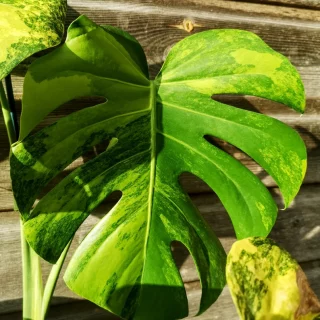 Sport Monstera XXL - Monstera Aurea - Variegated Monstera Deliciosa Large Form Sport Aurea. Monreo.
$396.00
Sport Monstera XXL - Monstera Aurea - Variegated Monstera Deliciosa Large Form Sport Aurea. Monreo.
$396.00
-
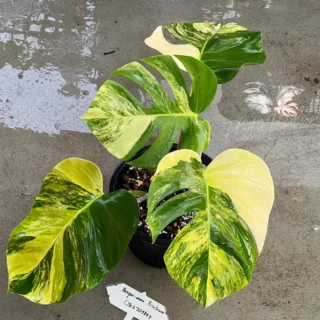 Rare monstera borsigiana aurea variegated
$350.00
Rare monstera borsigiana aurea variegated
$350.00
-
 Monstera AUREA Borsigiana Variegated Live Plant Fully Rooted
$390.00
Monstera AUREA Borsigiana Variegated Live Plant Fully Rooted
$390.00
-
 Rare Monstera Mint Deliciosa Borsigiana Variegata Live Plant Fully Rooted 4 Leaves
$380.00
Rare Monstera Mint Deliciosa Borsigiana Variegata Live Plant Fully Rooted 4 Leaves
$380.00
Best offers
Join Risk Free
30 days refund
100% Safe
Secure Shopping
24x7 Support
Online 24 hours
Best Offers
Grab Now
Free Shiping
On all order over
About Us
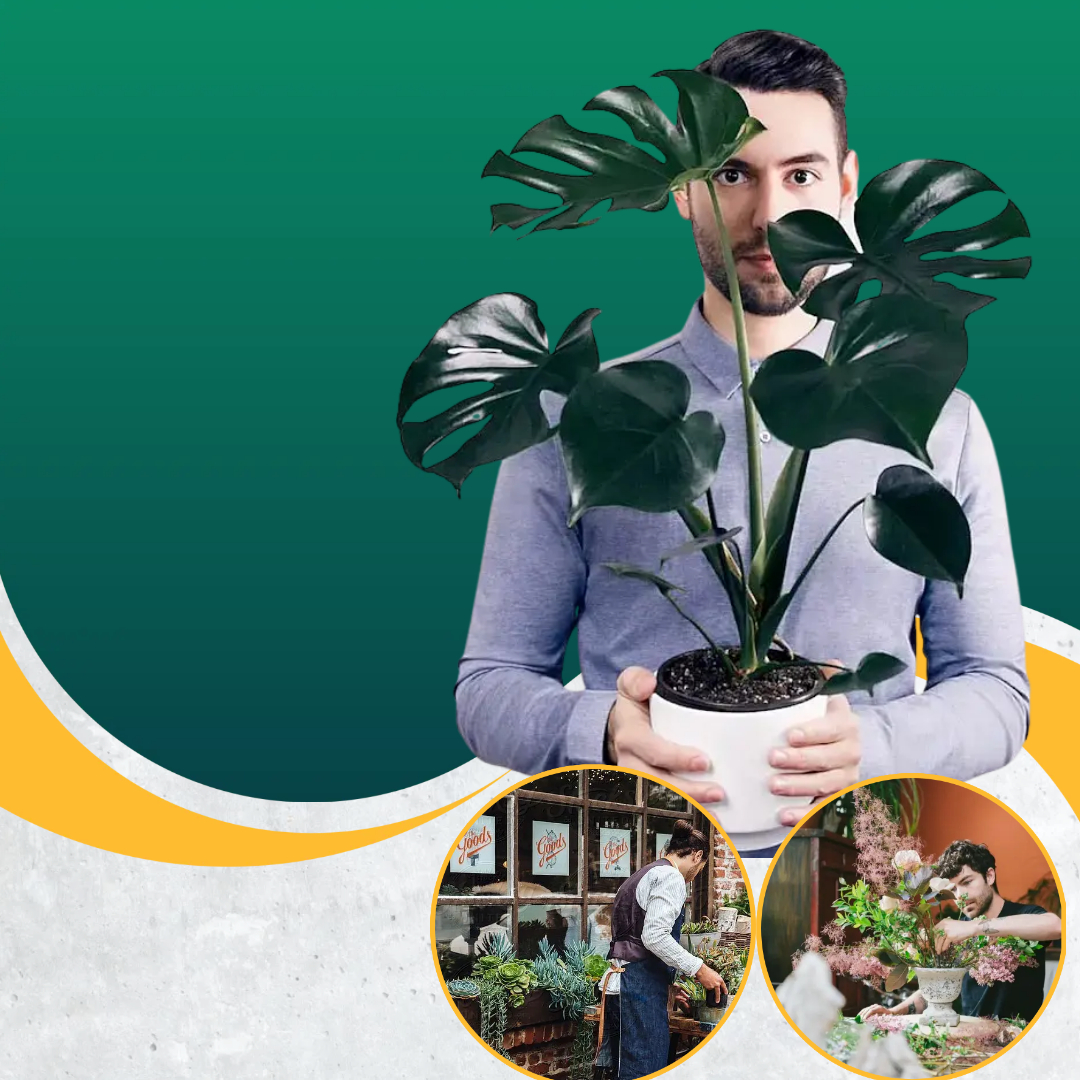
Established in 2013 by Logan, Variegated Plants Shop continues to be family owned and operated florist. Variegated Plants Shop a proud family tradition where we excel at customer service, creativity & artistry in the floral market.
Know More...

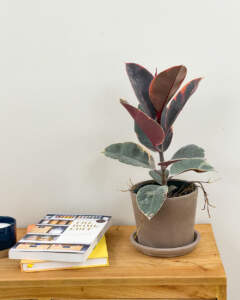
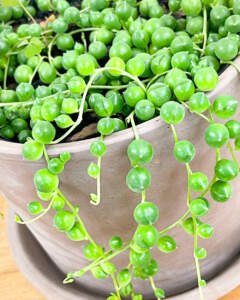
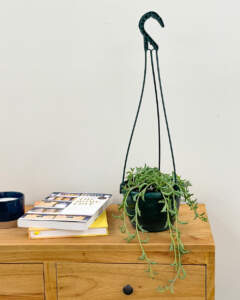
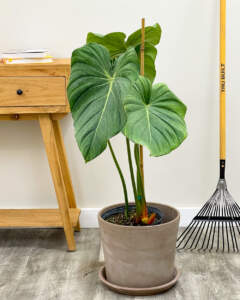


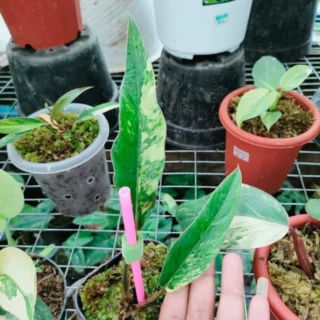
Leave a Reply